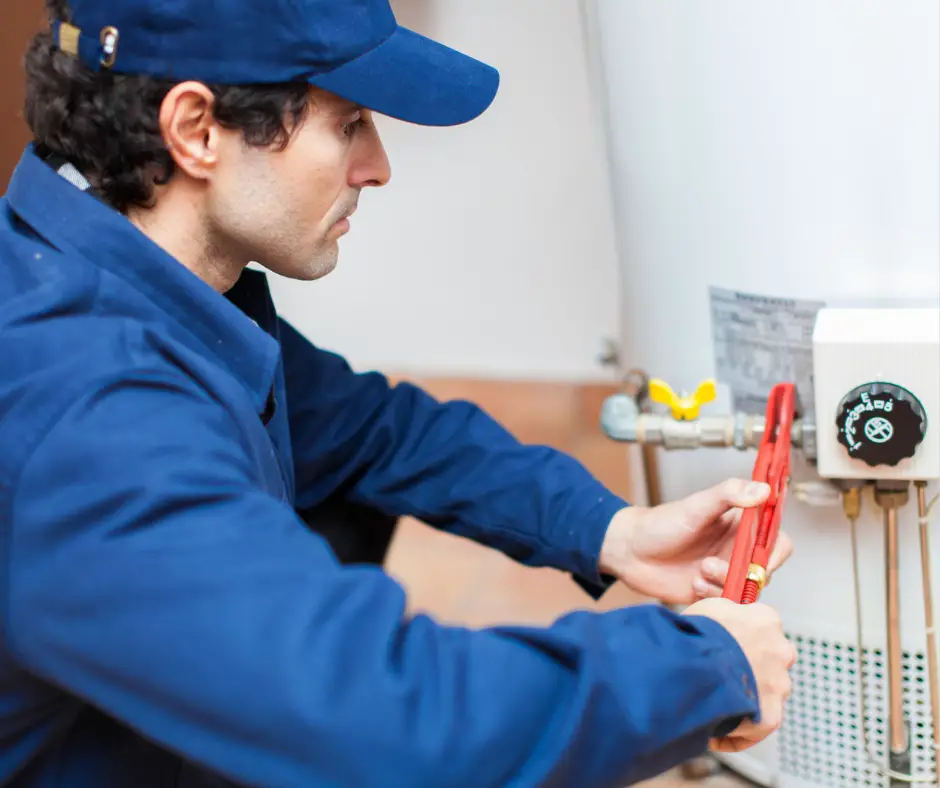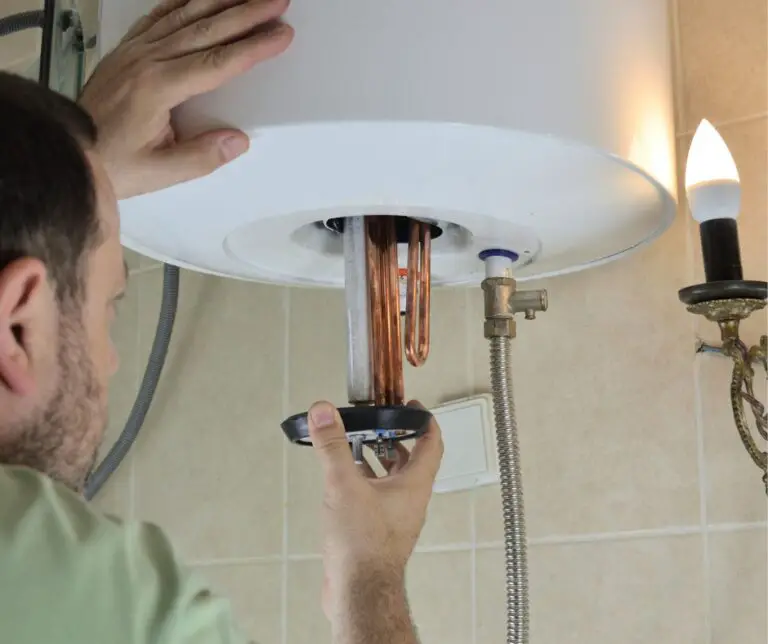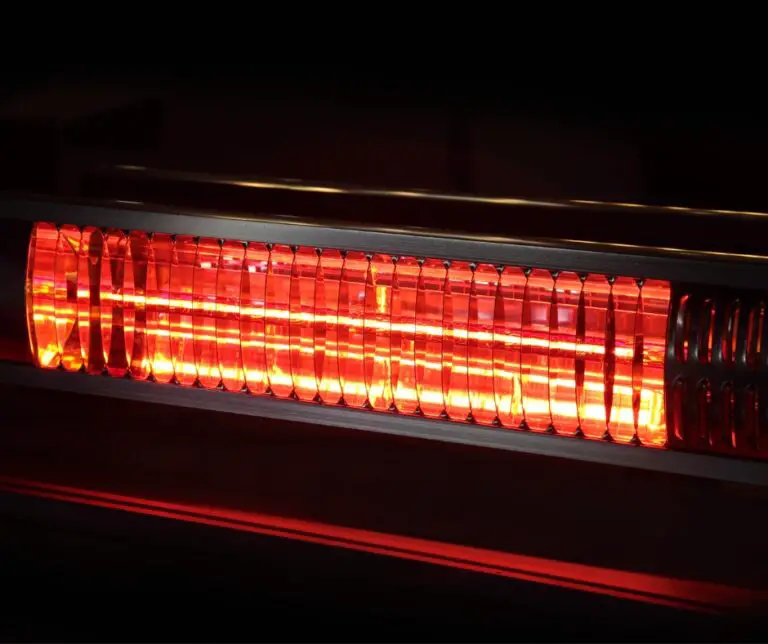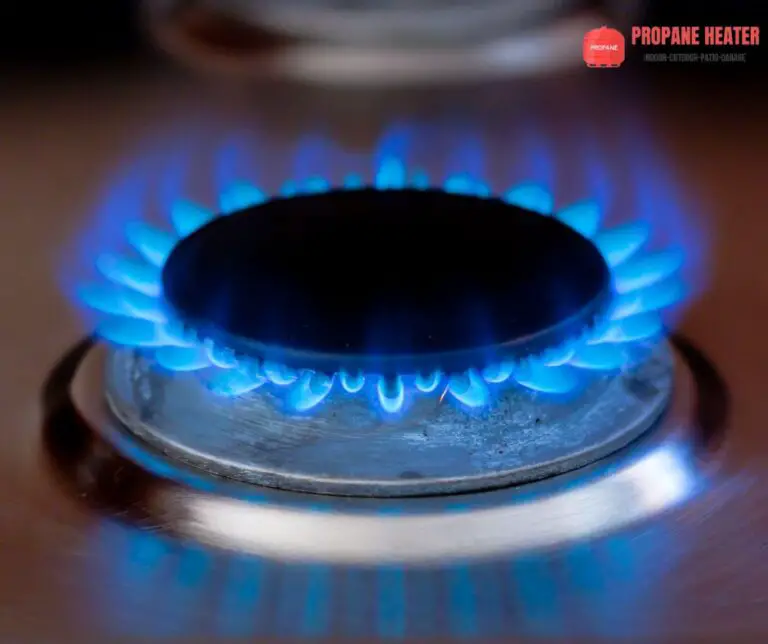
Your tankless water heater is a great investment in your home, but it can also be expensive to repair. That’s why you should take the time to learn how to properly maintain your unit so that it lasts longer and operates efficiently.
With regular water heater maintenance, including annual inspections, your tankless water heater will last longer and operate more efficiently. An inspection should include a visual inspection of the unit, as well as a pressure test. It should also include a leak test and a check of the gas line and electrical connections.
Water Heater Components That Must Be Maintained
1. Clean or replace the water line filter
It’s important to clean or replace the water line filter every six months. Filters are inexpensive and easy to install, and they help keep your system running efficiently by removing any sediment that may have accumulated in the pipes.
If you don’t have a filter yet, consider installing one to protect your tankless water heater over time. You can purchase filters at a hardware store or home improvement center.
2. Clean the air filter
Clean the air filter every month. You should also replace your air filter every six months, or sooner if it’s dirty or clogged.
To clean an air filter, use a vacuum cleaner hose attachment to remove any dirt and dust from the inside of the unit. You can also use compressed air to blow away debris that may be stuck on top of or inside the unit.
3. Descaling and flushing the system
Descaling is the process of removing the scale that builds up inside the tankless water heater. Scale is formed when water evaporates and leaves behind minerals like calcium, lime, and other substances. If not removed, these minerals can build up to a point where they interfere with the normal operation of your tankless water heater.
They can also clog or damage critical parts of your tankless water heater such as flow control valves and heat exchangers.
To remove the scale from your tankless system: Mix 1 cup of vinegar with 2 gallons of cold tap water in a bucket large enough to hold all of it at once.
Or alternatively use commercial descaler kits available online or at local hardware stores if preferred; check the owner’s manual first because different brands may require different methods/ingredients than others do.
Once you’ve cleaned out your water heater’s tankless water heater maintenance components, you’re ready to move on!
How to Clean Your Water Heater
1. Turn off the main gas supply to the water heater
- Shut off the electric supply to your water heater. The circuit breaker is usually located in your attic, garage, or laundry room. If you have an electric water heater, shut down the main electric switch at the fuse box on your home’s exterior wall.
- Turn off the gas supply to your tankless water heater. If you have a gas-fired unit, turn it off at its gas valve; open the valve counterclockwise to “off.”
- Turn off the main shutoff valve for maximum safety and security when working with any appliance that uses natural gas or propane fuel source like a tankless water heater so if anything goes wrong during repairs there won’t be any leaks which could cause harm to yourself as well as damage other property nearby such as walls/floors etc…
2. Turn off the domestic hot water supply to the unit
Cut off the hot water supply to your tankless water heater. This will help prevent any hot water from bursting out and spraying your skin.
3. Attach a hose to the drain valve and place it in a bucket
- Place the bucket on an elevated platform, like a table or chair. If you can’t find an elevated surface that’s large enough for the bucket, place it on top of your kitchen counter or bathroom vanity with enough room below so that only a small amount of water will spill out when you open up the drain valve.
- Hold onto one end of the hose and gently attach it to the drain valve using your other hand. You want to do this as quickly as possible without dripping any water onto yourself or causing any leaks along its length.
4. Open the drain valve to allow air into the tankless water heater
Open the drain valve and open a hot water faucet located within 5 feet of the unit to allow air into the tankless water heater. This will help prevent any damage to the unit, as well as ensure it continues working at peak performance.
5. Close both valves and turn on the domestic hot water supply
When all of the water has been removed from the tank, close both valves and turn on the domestic hot water supply at the coldest setting on your tap.
6. Pour vinegar or the descaler included with the flush kit into the bucket
Once you’ve decided which solution you want to use and have made it pour four gallons of vinegar or the descaler included with the flush kit into the tankless water heater. Let the solution circulate through your tankless unit for at least an hour. The longer you let it sit, the better your chances of removing scale build-up will be.
Use a rubber stopper to plug one side of the tankless heater’s drain valve, which is located on the bottom or side of your unit. The water may become cloudy as it passes through your unit, but don’t worry—this is just a lime buildup being flushed out.
7. Close the cold water service port and open the cold water shut-off valve
The water heater’s drain valve should be open at this point, which will allow you to drain out any remaining water from inside your tankless unit.
8. Flush the sink so that you can remove any leftover sediment
The last step in the process is to flush the tankless water heater. The easiest way to do this is by siphoning some of the water out of your tankless heater and into a bucket or sink. You can also use a hose to drain some of the water out of your tankless hot water heater.
Once you’ve removed all of that sediment from your tank, it’s time to restart your water heater. Consult the manual for your water heater for specific instructions on how to restart your water heater.
Conclusion
Remember, the tankless water heater is an investment that you want to last as long as possible. Regular maintenance is essential for keeping your unit operating at peak performance and ensuring that it doesn’t break down. If your tankless water heater is over five years old, consider calling a professional to inspect it before it causes any damage or leaks on your property.

I am Richard A. Jackson man behind propane heating solution, An HVAC expert working as a team lead of the heating department, Provide services all over the USA (around all major cities), and from planning to implementation, you will get all your solution here. We provide various tanks (propane and other natural gases) and deal with disposable waste.




![Rheem Tankless Water Heater Error Code 13 [How to Fix]](https://propaneheater.review/wp-content/uploads/2021/02/error-code-13.jpg)
